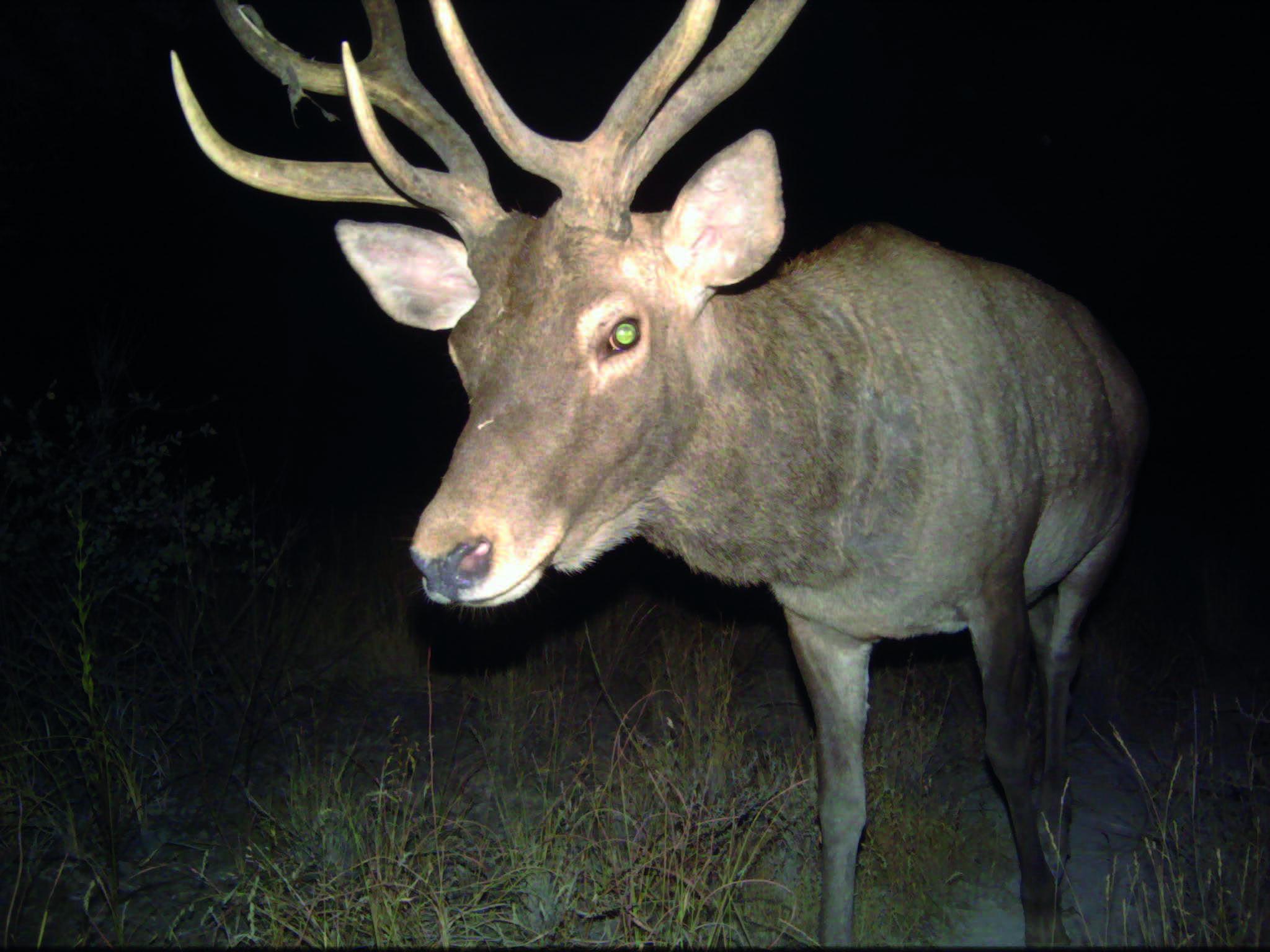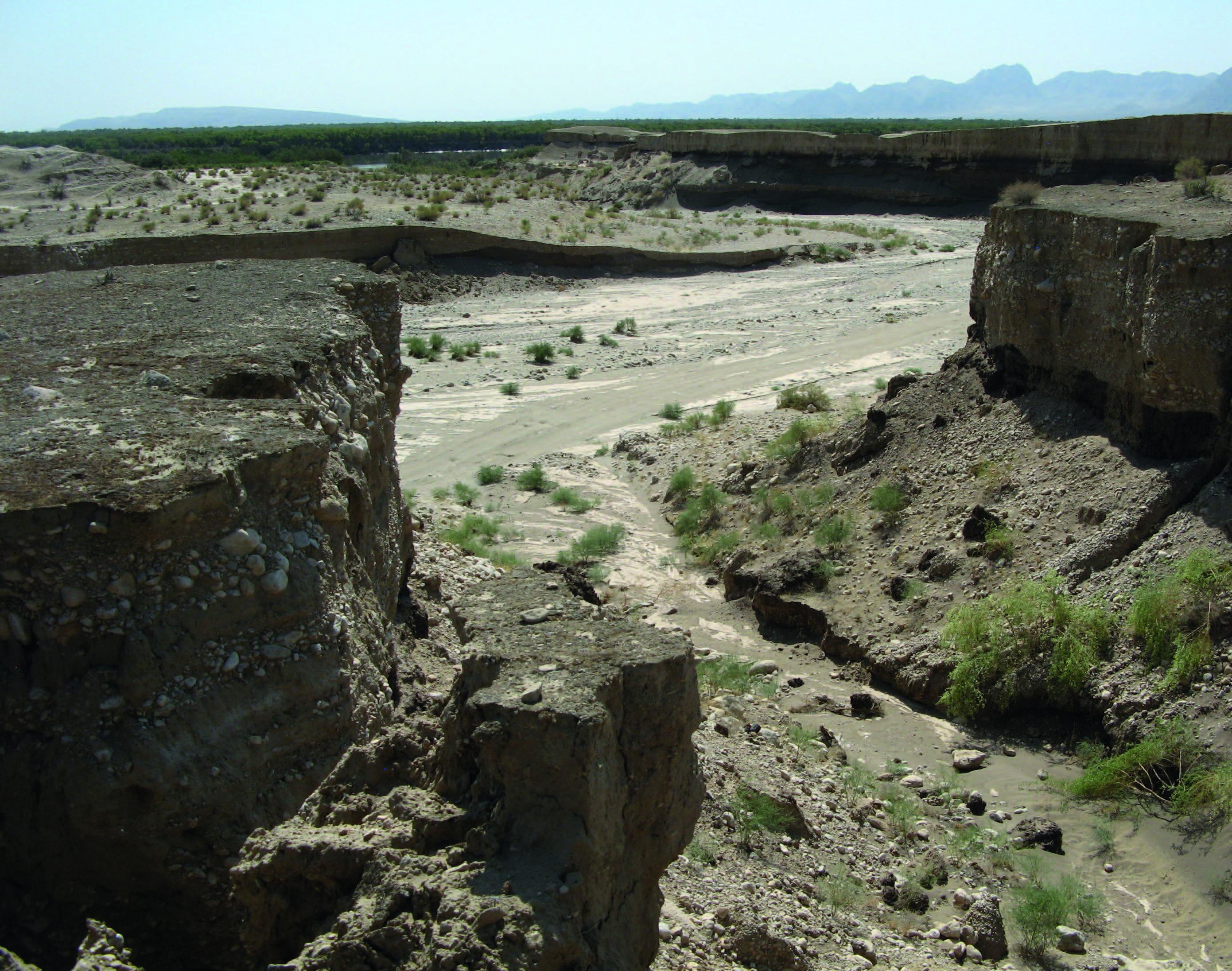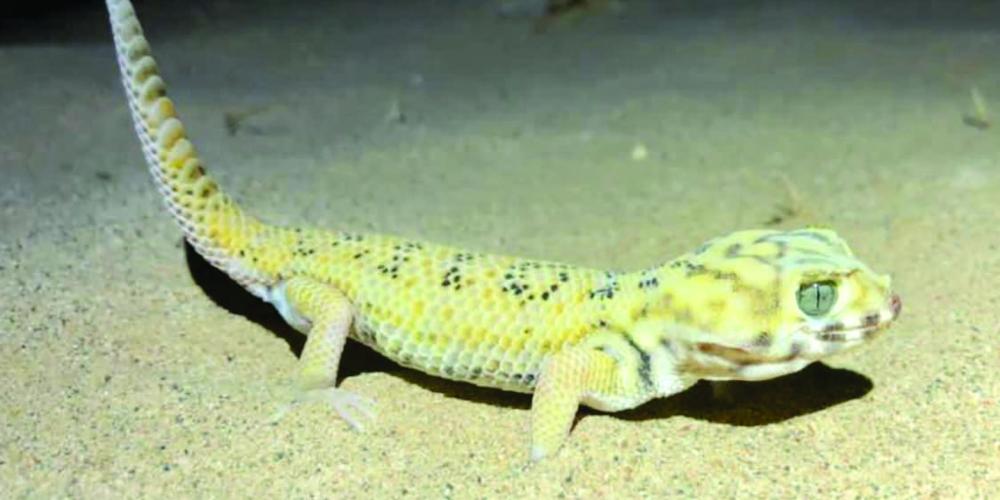Go on safari

One of the appeals of Tigrovaya Balka Nature Reserve is its wild landscapes, with the undeveloped swathes of land creating a sense that you have left the modern world behind and entered the domain of nature. To get around the park, there are about 60 kilometres of unsealed roads that are generally only accessible for 4WD vehicles. One of the best ways to tackle them is on a guided safari tour.
There are several tour operators that can lead a tour into the reserve. As well as organising the logistics, the guides are usually experts at spotting the important animal species that live here. Hopefully you'll be able to see one of the approximately 300 Bactrian deer in the reserve. There are also other rare and endangered species you might spot, including the goitered gazelle, striped hyena, and gray monitor.

Tigrovaya Balka Nature Reserve stretches across a large part of southwestern Tajikistan, and you'll need more than just one day to see its highlights. A multiday tour will take you through the different landscapes and ecosystems of the park, from the mighty rivers that provide the water, across the floodplains and the tugay forests that grow on them, and into the semi-deserts with jagged rock formations, and semi-savannas with the grazing wildlife.

The reserve is not known for its hiking, like some of the country's other main natural reserves, and its treasures are not always immediately obvious to the untrained eye. However, local guides will be able to show you why this region is considered to be one of the most significant parks in Central Asia.

